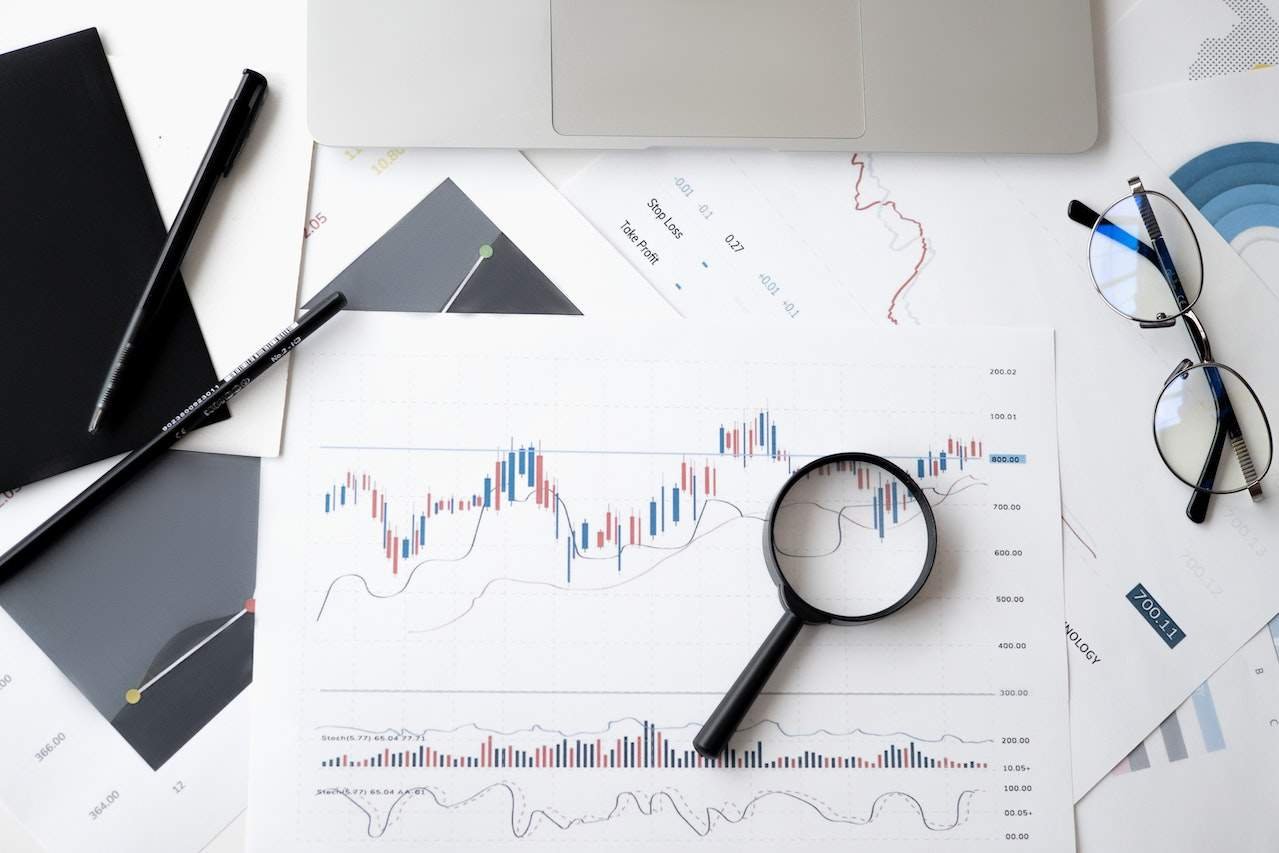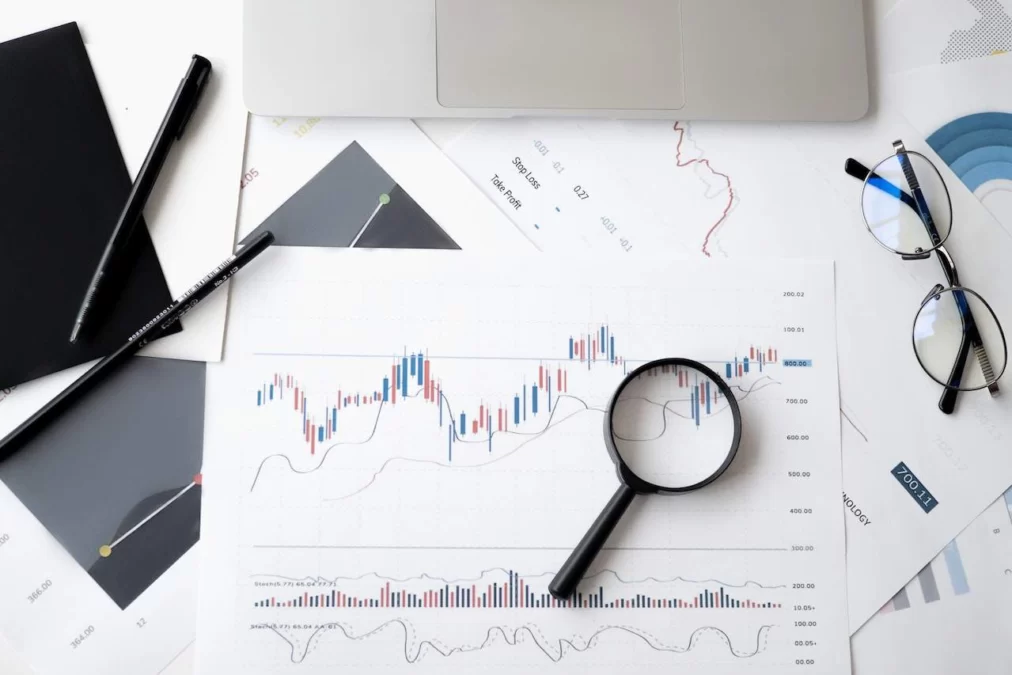Discover the best demand planning and forecasting software in our comprehensive guide. Learn about essential features, top solutions, market trends, and how these tools can enhance your business efficiency while meeting customer demands. Perfect for organizations of all sizes looking to optimize inventory management.
The Best Demand Planning and Forecasting Software: A Comprehensive Guide
In today’s fast-paced and competitive marketplace, businesses must become increasingly strategic in their approach to resource allocation and inventory management. Efficient demand planning and forecasting are critical components of this strategy, ensuring that organizations can meet customer expectations while minimizing excess inventory and associated costs. As we delve into the nuances of demand planning and forecasting, this article will explore the best software solutions available today that can enhance these processes for your organization.
Why Use Demand Planning and Forecasting Software?
Demand planning and forecasting software plays a vital role in helping businesses accurately predict customer demand, evaluate market trends, and streamline inventory management. Utilizing such software provides several benefits:
- Increased Accuracy: Advanced algorithms and machine learning capabilities enable more precise predictions.
- Enhanced Collaboration: Centralized platforms allow teams to share insights and data, leading to better-informed decisions.
- Reduced Costs: By optimizing inventory levels, businesses can mitigate holding costs and reduce waste from excess stock.
- Scalability: As organizations grow, scalable software can easily adapt to increased demand and complexity.
Key Features to Look for in Demand Planning and Forecasting Software
When evaluating software solutions for demand planning and forecasting, it’s essential to consider the following features:
- User-Friendly Interface: An intuitive design helps teams quickly understand how to use the software effectively.
- Real-Time Collaboration: The ability for multiple users to access and edit forecasts in real-time enhances teamwork and responsiveness.
- Data Integration: Ensure the software can integrate seamlessly with existing systems, including ERP and CRM platforms.
- Advanced Analytics: The presence of AI-driven analytics tools can bolster predictive accuracy and uncover meaningful trends.
- Customizability: Every business has unique needs; customization options allow the software to be tailored to your specific requirements.
Top Demand Planning and Forecasting Software Solutions
Here’s a detailed look at some of the best demand planning and forecasting software available today:
| Software | Key Features | Pricing | Best For |
|---|---|---|---|
| SAP Integrated Business Planning (IBP) | Real-time analytics, supply chain optimization, advanced modeling | Custom pricing based on the solution | Large enterprises |
| Oracle Demantra | Demand modeling, collaborative planning, data integration | Custom pricing based on the solution | Enterprises with complex supply chains |
| Kinaxis RapidResponse | End-to-end supply chain visibility, scenario planning | Custom pricing based on solution | Companies looking for agility in the supply chain |
| Forecast Pro | Statistical forecasting, user-friendly interface | Starting at $1,200/year | Small to medium-sized businesses |
| Sage Intacct | Cloud-based solution, strong financial integration | Starting at $15/month/per user | Smaller companies and startups |
| RELEX Solutions | AI-driven demand forecasting, inventory optimization | Custom pricing based on the solution | Retail and FMCG sectors |
Marketplace Trends
As we move forward, the demand planning and forecasting software market is evolving, with several key trends emerging:
- AI and Machine Learning: Businesses are leveraging AI to enhance forecasting accuracy, improve decision-making, and automate tedious processes.
- Cloud-Based Solutions: Many companies are shifting to cloud-based software, providing better accessibility and collaboration opportunities across teams and geographies.
- Sustainability: With increasing awareness around environmental impacts, businesses are keen on utilizing software that allows for better inventory management and reduced waste.
Real-World Applications
Implementing demand planning and forecasting software can yield measurable results. Consider how different sectors have successfully harnessed such tools:
- Retail: By utilizing advanced analytics and forecasting, retail chains have optimized their stock levels, reducing overstock by 20% and improving on-shelf availability.
- Manufacturing: Predictive maintenance tools within demand forecasting have helped manufacturers minimize downtime, resulting in a 15% increase in production efficiency.
“The best way to predict the future is to create it.” — Peter Drucker
Conclusion
Navigating the intricacies of demand planning and forecasting is essential for businesses aiming to thrive in a competitive landscape. The software solutions highlighted in this article offer a robust framework for accurate demand predictions and effective inventory management. As you explore your options, remember to assess software based on your specific business needs, pricing structures, and desired features.
With the right demand planning and forecasting software, organizations can not only improve operational efficiency but also position themselves for sustainable growth in the future. By staying informed about industry trends and advancements, you can ensure that your business remains agile and responsive to changing market dynamics.
Frequently Asked Questions (FAQs)
1. What is demand planning and why is it important?
Demand planning is the process of forecasting customer demand to ensure that the right products are available at the right time. It is critical for minimizing excess inventory, reducing costs, and meeting customer expectations.
2. What features should I look for in demand planning and forecasting software?
Key features to consider include:
- User-friendly interface
- Real-time collaboration capabilities
- Seamless data integration with existing systems
- Advanced analytics for predictive accuracy
- Customizability to meet specific business needs
3. How does demand planning software improve accuracy?
Demand planning software utilizes advanced algorithms, machine learning, and historical data to create more precise forecasts, enabling businesses to anticipate market trends and customer demands more effectively.
4. What are the benefits of using cloud-based demand planning solutions?
Cloud-based solutions offer better accessibility, enhanced collaboration capabilities among teams, and reduced IT maintenance costs, allowing businesses to focus on strategic decision-making.
5. Can demand planning software integrate with my existing systems?
Many demand planning software solutions offer data integration capabilities, allowing them to work seamlessly with existing ERP, CRM, and other business systems.
6. What industries benefit most from demand planning software?
Demand planning and forecasting software is beneficial across various industries, including retail, manufacturing, logistics, and healthcare, where inventory management and demand forecasting are crucial for operational success.
7. How much does demand planning and forecasting software cost?
Pricing can vary widely based on the solution, features, and scale of implementation. Some solutions have starting prices, while others use custom pricing based on specific requirements.
8. What trends are shaping the demand planning software market?
Current trends include the increased use of AI and machine learning for accuracy, a shift towards cloud-based solutions, and growing sustainability practices in business operations.
9. Can small businesses benefit from demand planning software?
Absolutely! Many demand planning solutions are designed with small to medium-sized businesses in mind, offering user-friendly interfaces and flexible pricing models.
10. How do I choose the right demand planning software for my business?
To choose the right software, assess your business needs, budget, desired features, and the scalability of potential solutions. Additionally, consider seeking demos or trials to evaluate usability.








